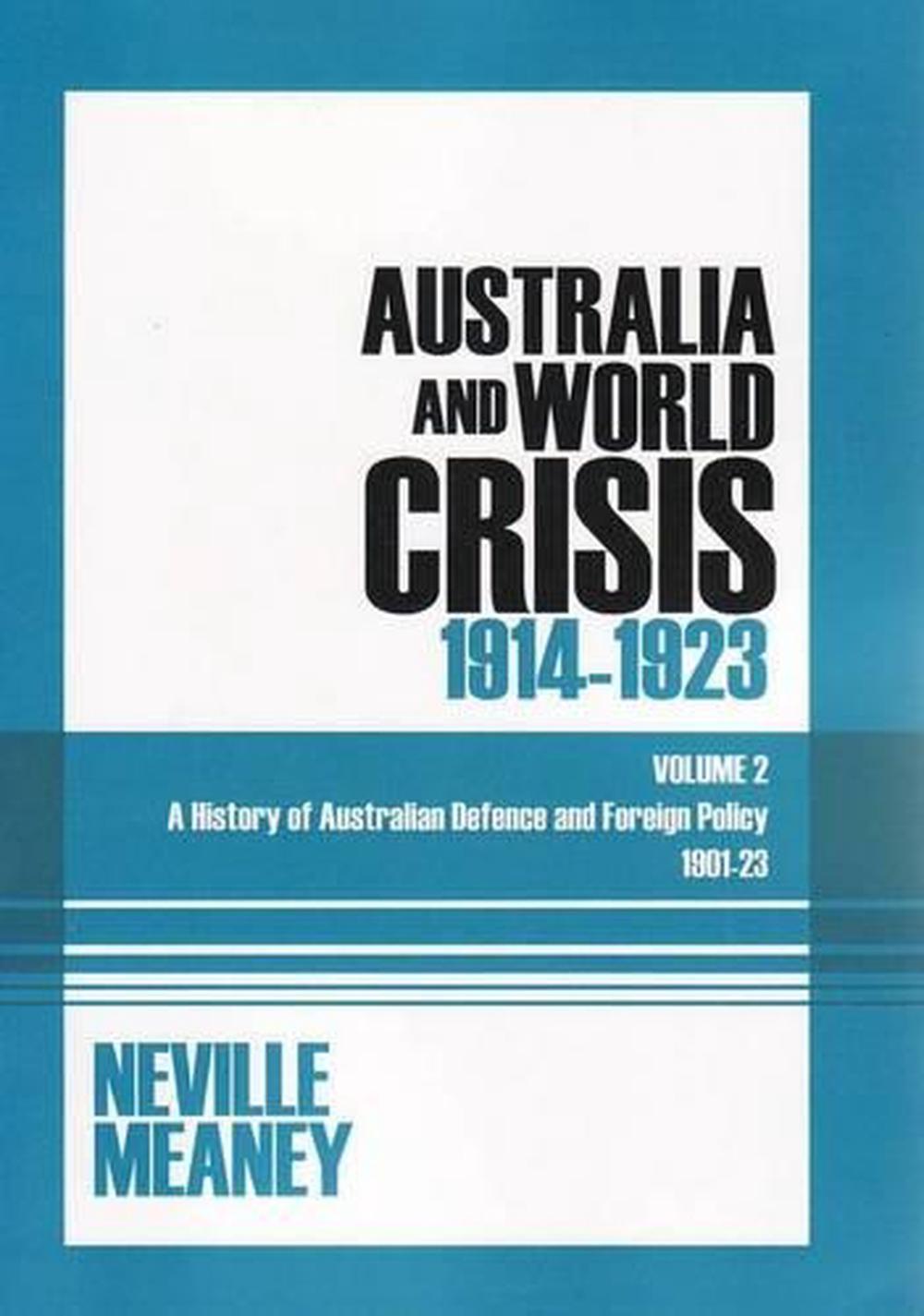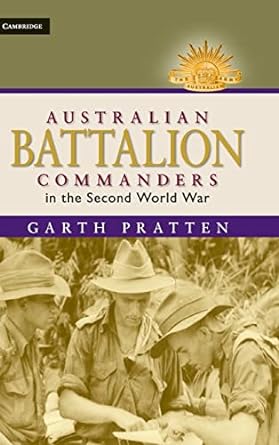History
Red Coat Dreaming: How Colonial Australia Embraced The British Army by Craig Wilcox
It is ironic that I am writing this review on the tenth anniversary of the comprehensive defeat of the Republican referendum in 1999. This book by Craig Wilcox sets out to tell us that the British army (the Red Coats of the title) was much more popular in the colony than we had hitherto thought. Indeed, on the evidence, it was more popular in Australia than it ever was in Britain, which, even in the nineteenth century, had no love for standing armies.
... (read more)The Fanfrolico Press: Satyrs, Fauns & Fine Books by John Arnold
In what now seems to be the vanished country of the early years of my career, begun in the State Library of Victoria in the 1970s, I vividly remember John Arnold enthusing about his interest in the polymath Jack Lindsay (1900–90), son of Norman (another polymath) and one of the founders of the short-lived but gorgeously named Fanfrolico Press, whose legacy of fine books excited the keen interest of collectors. I was impressed that my precocious younger colleague had devoured Jack Lindsay’s three volumes of autobiography and had entered into an admiring correspondence with a man who in his Australian youth had found himself possessed by the written word.
... (read more)Historical Encyclopedia of Western Australia edited by Jenny Gregory and Jan Gothard
In the closing years of the twentieth century, historians combined to produce large reference volumes of national history. Some were stimulated by anniversaries, notably the dictionary, atlas, gazetteer and chronology, guide to sources and compilation of statistics that were published by Fairfax, Syme and Weldon for the Bicentenary. Some were initiated by publishers, such as the Companion to Australian History (1998) that Graeme Davison, John Hirst, and I edited for Oxford University Press.
... (read more)Bardia: Myth, Reality and the Heirs of Anzac by Craig Stockings
With the sun’s morning rays glinting off their bayonets, the Australian soldiers rushed headlong towards the Italian fortress of Bardia in Libya. They sang as they advanced. Although there were isolated pockets of resistance, within hours the Australians had broken through the perimeter and Italian troops were beginning to surrender in their thousands. The capture of the supposedly ‘impenetrable’ fortress of Bardia in early January 1941 by the 6th Australian Infantry Division, fighting its first battle, was a major success that led to the capture of more than 40,000 Italian soldiers. The resounding victory by these sons of the original Anzacs was held to prove the inherent combat prowess of Australians. Major General Iven Mackay, the 6th Division’s commander, afterwards commented there was the notion ‘that the Australian is a born soldier and that, once given the weapons, he is alright’. Or so the myth goes.
... (read more)The opening sentence of Norman Davies’ blockbuster Europe: A History (1996) notes that ‘History can be written at any magnification’. Yet the superlative asserted in the title of John Hirst’s latest book does bring one up, well, short. Its claim is plainly contestable – how about ‘Plato to NATO’ (the irreverent shorthand for once-fashionable US undergraduate ‘Western Civ.’ survey courses)? Moreover, Hirst makes no pretence of giving us Europe from go to whoa. Commencing with the ‘Ancient Greeks’ (omitting Minoans and Myceneans), he concludes around 1800 with the French Revolution and Napoleon, because the lecture course at La Trobe University from which his book derives went no further. These lectures were first offered ‘to students in Australia who had had too much Australian history and knew too little about the civilisation of which they are a part’. This is a remarkable statement from a distinguished historian of Australia, even granted the growing recognition that what usually passes for ‘Australian history’ cannot in and of itself meet all the cultural, educational and intellectual needs of Australian students.
... (read more)A History of Australian Defence and Foreign Policy 1901–23: Volume Two – Australia and World Crisis, 1914 – 1923 by Neville Meaney
War aims to achieve essentially political objectives through the use of organised violence. It is a tricky business because the means we try to use – the violence itself and the way we organise and inflict it – exert a powerful fascination which often overshadows the objectives we have set ourselves. We so easily focus on the fighting itself and forget why we are doing it. Afghanistan today shows how the resulting muddle can distort contemporary strategic choices. But it also affects our view of past wars, which matters because past wars so strongly shape the way we see ourselves today. We tell and retell the stories of our soldiers’ heroism and tragedy, but hardly consider what they were fighting to achieve. As a result, we come to see our military history as a series of heroic exploits shorn of strategic purpose, so that war’s violence and sacrifice becomes self-validating; an end in itself. Almost, as Peter Weir suggested, like a sport.
... (read more)Of Sugar and Snow: The History of ice cream making by Jeri Quinzio
A remarkable ice cream made in 1991 included two thousand eggs, ninety litres of cream and fifty-five litres of milk. No one but Phillip Searle, Australia’s emperor of ice cream, would have set out to make Ball and Chain, a giant, medieval, spiked weapon which melted in the mouth. The spikes themselves were thirty-centimetre silver-leaf-tipped cones of vanilla ice cream and raspberry sorbet, and these were broken from the enormous ball, which had been sculpted around a heavy iron frame. This included long handles so that the servers, naked but smeared with clay, might carry the weapon through the centre of a rectangle of some 180 diners towards the performance of Music for Ball and Chain, composed by Tony Buck and commissioned by Searle. The musical instruments were indeed a ball and chain.
... (read more)Zhivago’s Children: The Last Russian intelligentsia by Vladislav Zubok
It is genuinely hard for countries like Australia, which have never regarded a powerful and alternative intelligentsia as particularly crucial, to appreciate either the role such an entity famously played in Russia or what a homegrown one might offer.
... (read more)Australian Battalion Commanders in the Second World War by Garth Pratten
Do not be put off by this book’s bland title. In a country that has placed the Anzac Legend at the centre of its national identity, Australian Battalion Commanders in the Second World War is a profoundly subversive book. Cherished ideas of the Australian army as an egalitarian institution and of Australians as natural soldiers whose setbacks can always be blamed on the failings of others (generally the British or the Americans) are put to the test and found wanting. Those looking to have their strident assertions of Australian nationalism validated will be disappointed, but there are already plenty of other Australian military books that can satisfy them. Garth Pratten provides a portrait of Australians at war that is less heroic and more ambiguous, but ultimately more realistic because more human.
... (read more)Shattered Anzacs: Living with the scars of war by Marina Larsson
One of the keenest childhood memories of David Meredith, narrator of George Johnston’s novel My Brother Jack (1964), is of the hall of his parents’ suburban home in Melbourne. It was full of prostheses, the artificial limbs of servicemen returned, maimed, from the Great War. The men are friends and former patients of Meredith’s parents. Her mother was a nurse, her father served in the First AIF. The scant historical regard that has been paid to these damaged men, and to their families, is rectified by Marina Larsson’s brilliant study of Shattered Anzacs. Her subject is the cohort of revenants who returned to Australia after the war – their bodies ruined, shell-shocked, infected with venereal disease and tuberculosis – and the families, institutions and government bureaucracies into whose hands they fell.
... (read more)










